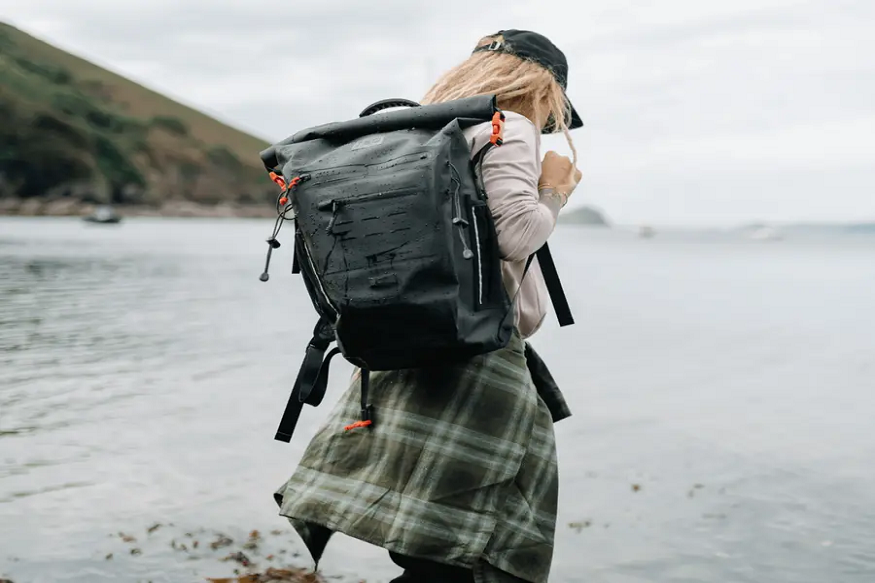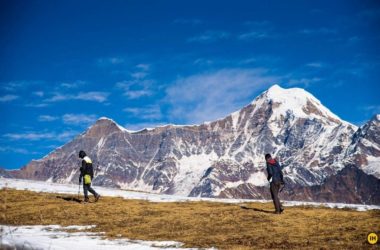As the temperature drops and wet weather becomes more frequent, it can be tempting to hibernate indoors. However, for those who love hiking, running, or simply spending time outdoors, there’s no need to let the cold and rain hold you back. With the right gear and preparation, you can safely stay active and enjoy the great outdoors no matter what the weather throws your way.
Here are some essential tips for braving the elements and making the most of your outdoor adventures this season.
1. Dress in Layers
Dressing in layers is key to staying warm and dry in cold, wet weather. Start with a moisture-wicking base layer to keep sweat off your skin, followed by an insulating layer like fleece or down to trap heat. Finally, top it off with a waterproof, windproof outer layer to shield yourself from rain and wind.
This layering system allows you to adjust your clothing as your body temperature changes during your activity. Avoid cotton, as it retains moisture, which can make you feel colder. Opt for synthetic or wool fabrics that keep you dry and warm.
2. Choose the Right Footwear
Staying dry starts with your feet. Cold, wet feet can quickly ruin your outdoor experience, so investing in waterproof boots or shoes is a must-have for hiking. Look for shoes that offer good traction to prevent slipping on muddy or icy trails.
Pair your footwear with moisture-wicking, thermal socks to keep your feet warm and dry. If you’re venturing into particularly wet or snowy conditions, gaiters can be a great addition to your gear to keep moisture out of your boots.
3. Carry a Waterproof Backpack
A waterproof backpack is an essential piece of gear for anyone who enjoys hiking or other outdoor activities in unpredictable weather. Not only will it protect your belongings from getting soaked in the rain, but it will also give you peace of mind knowing that your gear, electronics, and snacks will stay dry.
When hiking in the rain, your backpack is exposed to the elements just as much as you are. A waterproof backpack ensures that important items, such as your map, phone, or extra layers, remain dry throughout your adventure. This is a must-have for hiking in wet conditions, making it easier to stay organized and prepared without worrying about water damage.
4. Plan Your Route and Know Your Limits
Before heading out, always check the weather forecast and plan your route accordingly. Avoid trails that may become hazardous when wet, such as steep inclines or areas prone to flooding. It’s also important to know your physical limits; cold weather can be draining, and wet conditions can slow you down, so plan for shorter or easier routes than you would during fair-weather hikes.
If possible, let someone know your planned route and expected return time. It’s always a good idea to bring a map or have a GPS device handy, especially in colder months when daylight hours are shorter.
5. Stay Hydrated and Fuel Your Body
In colder weather, it’s easy to forget to hydrate as often as you might in the summer, but staying hydrated is just as important in the winter. Carry an insulated water bottle to keep your water from freezing if temperatures drop too low. Hydration packs with insulated tubes are also great for preventing your water supply from freezing.
Cold weather also increases your energy expenditure, so be sure to pack enough snacks or meals to fuel your body. Warm drinks like tea or hot chocolate in a thermos can provide both warmth and energy on the trail.
6. Protect Your Hands, Feet, and Head
Cold extremities can make outdoor activities uncomfortable and even dangerous if not addressed. Wear thermal gloves to protect your hands, and if it’s particularly wet, look for waterproof gloves. For your feet, always have a spare pair of dry socks to change into if your feet get wet.
A warm hat is crucial for preventing heat loss, as a significant amount of body heat escapes through your head. Balaclavas or neck gaiters can also provide added warmth and protection from wind.
7. Use Trekking Poles for Stability
Wet, muddy, or icy trails can be slippery and difficult to navigate. Trekking poles are invaluable for maintaining balance and stability in these conditions. They help reduce strain on your joints and give you extra support on uneven terrain, making your hike more enjoyable and safer.
8. Know When to Turn Back
One of the most important rules for staying safe outdoors is to recognize when conditions are too dangerous to continue. If the weather worsens or you start feeling too cold, wet, or fatigued, it’s okay to turn back early. Prioritize your safety over completing your planned route—after all, the mountains and trails will still be there for your next adventure.
Cold, wet weather doesn’t have to put a dampener on your outdoor activities. With the right clothing, gear, and planning, you can safely stay active and continue enjoying nature even in challenging conditions. A waterproof backpack is a must-have for hiking in rainy weather, ensuring your essentials stay dry so you can focus on the adventure ahead. So, gear up, stay warm, and keep exploring all year long!




